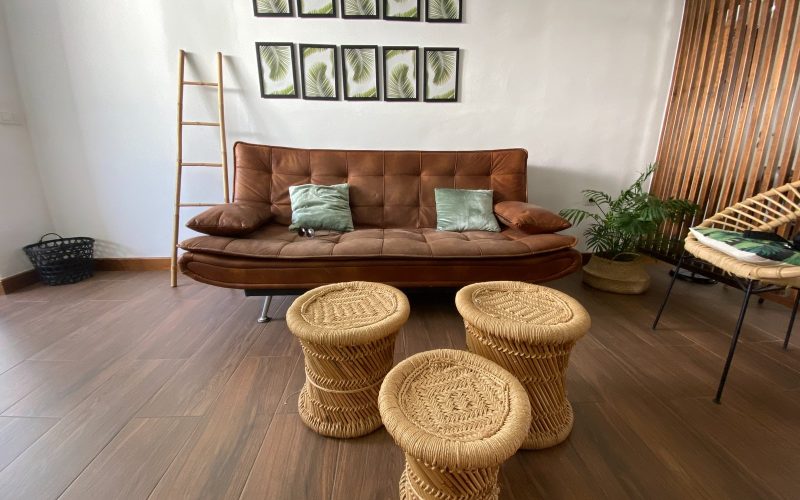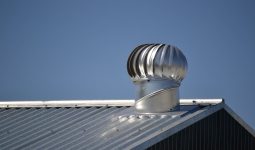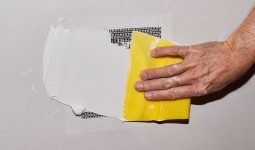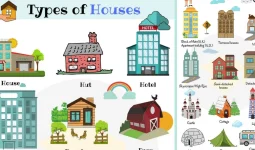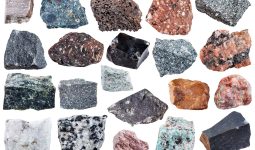Vinyl flooring has become very popular over the years. The material is durable, low-maintenance, and available in various styles and colors.
Many homeowners prefer vinyl because it looks great and lasts longer than other materials.
There are different types of vinyl flooring available today. Each type offers its benefits and drawbacks. To get the best value for your money, consider these three types of vinyl flooring.
Different Types of Vinyl Flooring
Luxury Vinyl Tile
Vinyl tiles are one of the most common types of vinyl flooring, and they can be found at any home improvement store or big-box retailer.
They come in many sizes and shapes, but they all have one thing in common: durability. These floors are easy to install and maintain.
Like hardwood floors, vinyl tiles can be cleaned with soap and water. They also look great on almost any surface.
Luxury Vinyl Tiles are easy to clean and maintain and require no grouting or sealing.
They can be installed in any homeroom, including bathrooms, kitchens, laundry rooms, bedrooms, hallways, and living spaces.
Also, they are resistant to moisture and stains, long-lasting, and will not crack or peel away from the subfloor.
Luxury Vinyl Plank
Plank flooring is another type of vinyl flooring that is highly durable. It comprises thin layers of wood veneer glued together. This makes it very strong and resilient. Also, you can use this as an alternative to real hardwood flooring.
Planks are usually thicker than vinyl tiles. However, they do not offer the same level of flexibility. You cannot easily move furniture around on them. Planks are more suitable for open areas such as dining rooms, entryways, and foyers.
Plank Flooring is ideal for high-traffic areas where people walk around barefoot. It is also perfect for wet environments. However, plank floors may warp and buckle if there is excessive moisture.
Sheet Vinyl
Sheet vinyl flooring is similar to luxury vinyl tile in some aspects. It also comprises multiple layers of vinyl. But unlike tile, sheet vinyl is flexible.
It is thinner than vinyl tile, making it easier to maneuver around furniture. Sheets are often helpful in commercial settings because they are versatile and easy to install.
However, sheets are less durable than tiles. They tend to wear down faster and need replacement more frequently. They are also susceptible to scratches and nicks.
Different Types of Vinyl Flooring Layers
Wear Layer
The top layer of vinyl flooring is the wear layer. It protects the underlying layers against scratches, dents, and scuffs. The wear layer should never be removed and is only meant to protect the rest of the flooring.
Water-Resistant Layer
The waterproof layer keeps the flooring dry and prevents moisture from getting into the flooring.
There are two types of waterproofing layers: the WPC and the SPC.
The WPC layer is a solid yet flexible material that can be easily cut to size for any application. It is also easy to install, as it comes pre-cut and ready to use.
The SPC has been designed to provide the strength and durability to withstand heavy foot traffic. It is available in both solid and engineered varieties.
Printed Layer
The printed layer is the last layer of a vinyl floor. It contains all the information about the product, such as the manufacturer’s name, warranty details, installation instructions, etc. You can see the printed layer in your vinyl flooring under UV light.
Backing Layer
The backing layer is the actual vinyl flooring that covers the subfloor. We can install it over existing floors (like hardwood) or on top of plywood or concrete.
The third layer is the finish coat, which makes the floor look like real wood. You will notice this layer when you walk across it.
Benefits of Vinyl Flooring
There are many reasons why vinyl flooring is so popular. Here are some of the main ones:
1. Durability
Vinyl flooring is incredibly durable. Unlike hardwood or laminate flooring, it doesn’t splinter or chip. It is also stain—and scratch-resistant. In addition, it is easy to clean and maintain.
2. Low Maintenance
Unlike hardwood or laminate, vinyl flooring requires little to no maintenance. It only needs to be cleaned with soap and water. You don’t need to worry about spills, stains, or cracks.
3. Looks Great
Vinyl flooring comes in a wide range of patterns and designs. You can get it here whether you want something modern, traditional, contemporary, or anything else. You can order custom vinyl flooring online if you are looking for a specific pattern.
4. Easy Installation
Installing vinyl flooring is a breeze. You must lay down the first layer, apply adhesive, and place the next layer over it. The process is quick and straightforward.
5. Versatility
We can use vinyl flooring anywhere. It looks good in both residential and commercial spaces. It is excellent for homes, offices, restaurants, hotels, hospitals, schools, warehouses, etc.
6. Cost-Effective
Vinyl flooring costs much less than hardwood or laminate. It is also cheaper than ceramic tile. Because of its low cost, homeowners can afford to replace their old floors without breaking the bank.
7. Easy To Maintain
You don’t have to spend hours cleaning your floors every day. You must wipe off dirt and dust using a damp cloth with vinyl flooring.




